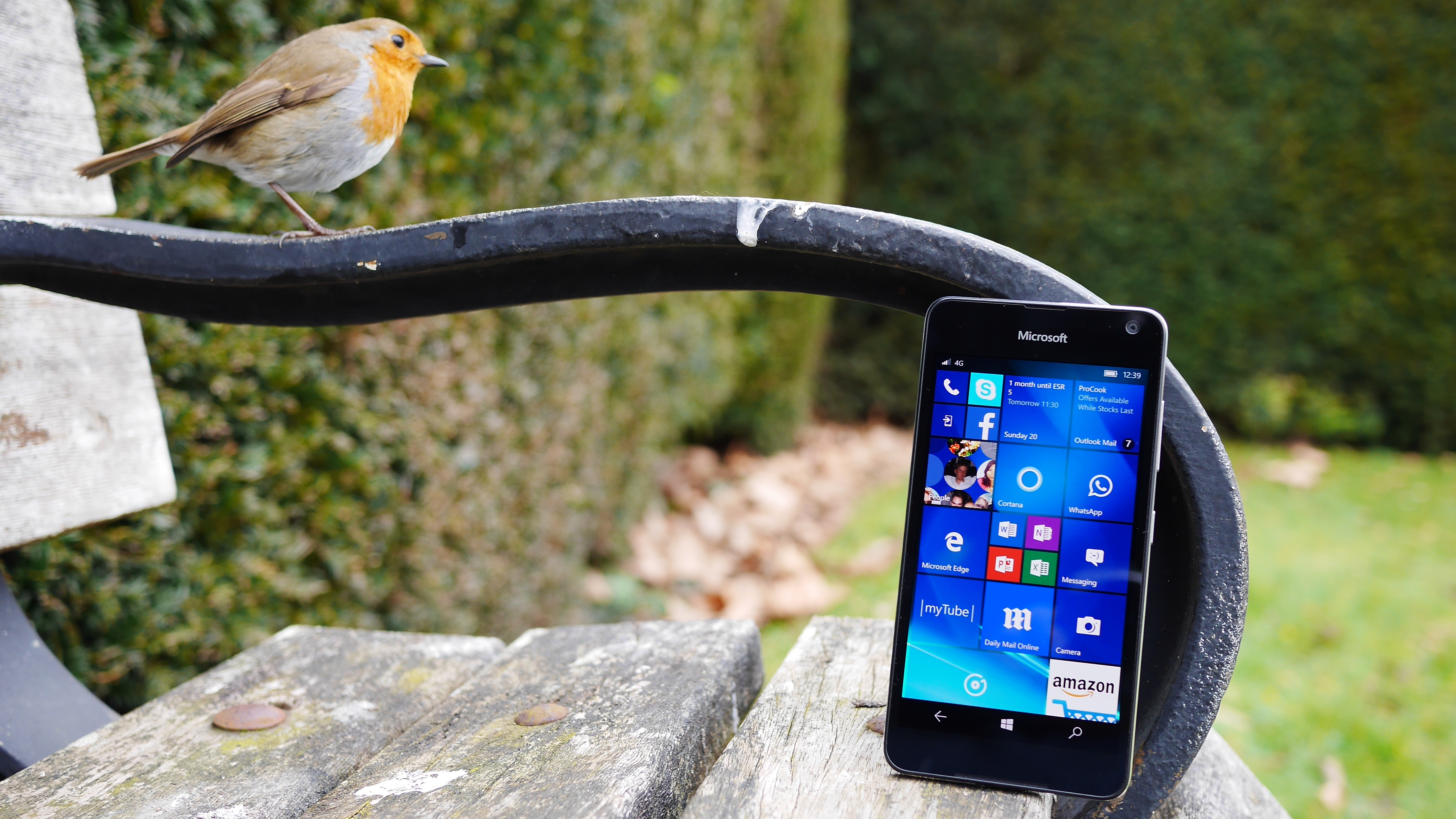Why you can trust TechRadar
A lot has been said about Windows 10 Mobile, both good and bad. Having used several devices on the operating system, my experience with it so far has been, well, middling.
On many levels, the changes made to the layout in the upgrade from Windows Phone make a great deal of sense. The settings menu is far easier to navigate than it once was, and the new level of control afforded to the user is very welcome.
Take, for instance, an instance when I received a call from an unknown number. With Truecaller installed I was able to immediately identify the number as from a regular spammer and ignore the call, something I could never have done on the more locked-down Windows Phone.
Windows 10 has, though, experienced ongoing issues with bugs; however I didn't find this was as much of an issue with the Lumia 650 as with other phones.
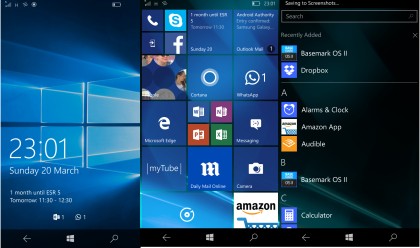
Other reviewers have commented negatively on their experience with the software, but on the whole I found the OS to be mostly stutter-free, with just a few quirks here and there.
Some simple things still need fixing though. What was formerly 'Music' is now, confusingly, 'Groove Music', and 'Calendar' is now 'Outlook Calendar'. While not wholesale changes, these do interfere with the muscle memory, and can be irritating when you're in a rush.
Other issues, such as Outlook Mail still taking forever and a day to open even the smallest of attachments and many apps still not 'talking' to each other properly, add to the confusion, while an odd issue with the device refusing to stay connected to my home Wi-Fi for any longer than an hour also persisted.
Unfit for business?
Last year Microsoft CEO Satya Nadella announced that the Lumia product line was to be trimmed down to three distinct categories. The first contained devices for serious Windows fans (the Lumia 950 and XL), and the second was handsets for budget hounds (the Lumia 550).
The final category was a relatively difficult market to court: devices for business users, who this handset is meant to appeal to. And with a still-unstable operating system, Microsoft has a great deal of work to do to bring those customers on board.
Although the Windows phone app store is far from barren, there's still a paucity of high-quality first-party apps for many clients. Twitter hasn't updated in some time, Instagram is in a seemingly indefinite beta, and the likes of Snapchat are nowhere to be seen.
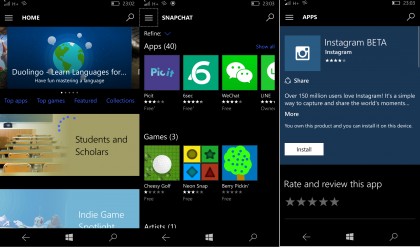
And that's to say nothing of Google services, which in app form are mostly absent from the Lumia 650. To make matters worse, trying to access many of these services from a mobile browser is often a painfully slow experience.
This hammers home the issue with regard to attracting business buyers. Those reliant on Google services, such as Analytics, Docs, Pages, Forms and so on have no native support for those apps, limiting the 650's usefulness to a significant degree.
Of course, anyone using Microsoft's own robust suite of offerings are well catered for – but then so are users of those apps on iOS and Android, given the Redmond firm's understandably enthusiastic support for other operating systems.
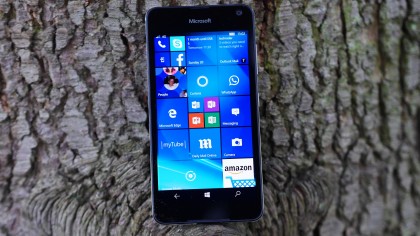
There's a wider problem beyond the simple availability of apps however, and that's the issue of quality and reliability. Many apps on the Store have seen no development since the late days of Windows Phone 7, or the early days of Windows Phone 8.
What this means in daily use is apps that freeze for no reason, crash, won't uninstall, function slowly, won't scale to higher resolution screens and won't interact properly with the baked-in programs.
That isn't to say there has been no progress at all. Apps such as Facebook, Just Eat, the Daily Mail and The Guardian have all updated to Windows 10, mostly using the Project Islandwood app portability bridge from iOS.
While this means the programs aren't built using a unified design language, or with Windows Phone in mind, these second-hand apps from iOS nonetheless represent welcome signs of life in the dusty mausoleum that the Windows Phone Store has become.
Office politics
Part of the appeal of Windows Phone, and now Windows 10 Mobile, has always lain in the promise of easy access to Office applications.
For many people and businesses the likes of Word, Excel and Powerpoint are nigh-on essential. Having access to a powerful productivity suite on the go is a strong selling point, and Microsoft mostly delivers on the promise.
Starting with perhaps the most popular offering, Word, it's clear that a great deal of thought went into the features of this app. Via the ellipses menu at the bottom of the screen, users have easy access to formatting, fonts, word counts, tables, pictures, spellchecker – all the mod cons that make the modern Office suite so useful.
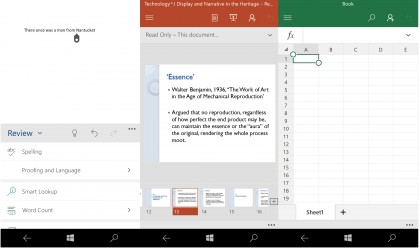
Powerpoint, Excel and OneNote are equally well presented, with the latter featuring a handy 'Note' drop-down in the quick settings area. In all, this is a powerful suite of tools for those who need them.
There is, of course, the issue that all these apps exist on other platforms – platforms on which they're often even more feature-rich, and certainly receive better support from Redmond.
Indeed, some features, such as the focussed Outlook inbox, are still exclusive to the Android and iOS versions, giving even less reason for those on other operating systems to switch to Windows 10 Mobile.
It's difficult to shake the feeling, though that such observations fall on the deaf ears of both Microsoft and many users of its smartphones.
Current page: Windows 10 Mobile
Prev Page Introduction and features Next Page Performance and battery lifeSean is a Scottish technology journalist who's written for the likes of T3, Trusted Reviews, TechAdvisor and Expert Reviews.
